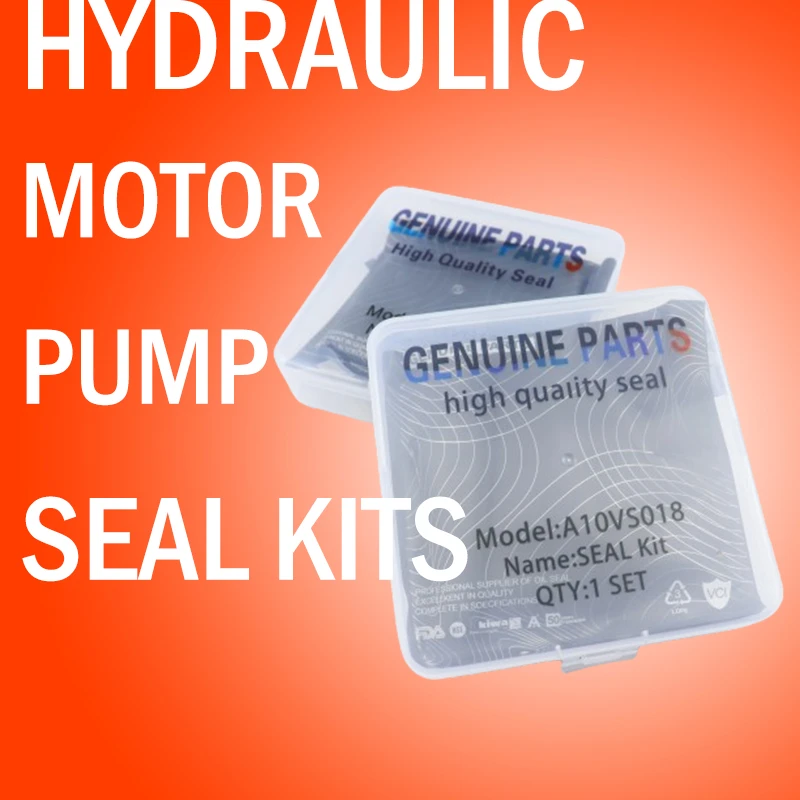Oct . 11, 2024 14:11 Back to list
seal kits
The Fascinating World of Seal Kits A Comprehensive Guide
Seal kits, often seen as a small but vital element of hydraulic and pneumatic systems, play a crucial role in ensuring the efficient operation and longevity of machinery. They are composed of various seals and components designed to prevent fluid leaks, protect internal mechanisms from contaminants, and maintain pressure within systems. Understanding the importance and functionality of seal kits is essential for anyone involved in equipment maintenance, automotive repair, or industrial operations.
What is a Seal Kit?
A seal kit typically includes a variety of seals, O-rings, gaskets, and sometimes additional hardware that are necessary for the repair or maintenance of equipment. These kits are designed for specific machines and applications, ensuring that all components fit together properly for optimal performance. The contents of a seal kit can vary significantly depending on the application; for instance, hydraulic seal kits will often include seals that can withstand high pressures, while pneumatic seal kits may focus more on materials suitable for air and gas applications.
Importance of Seal Kits
1. Preventing Leaks One of the primary functions of seal kits is to prevent leaks of fluids or gases. In hydraulic systems, for example, a leak can result in decreased efficiency and can even lead to catastrophic failures. An effective seal ensures the system operates smoothly and avoids unnecessary downtime.
2. Contaminant Protection Machinery operates best when internal components are free from dirt and contaminants. Seal kits help create barriers that keep harmful particles out while maintaining the necessary pressure. This protective function can significantly extend the life of equipment and improve safety.
3. Cost-Efficiency By using seal kits during maintenance, companies can save on costs associated with replacing entire components or machinery. Regular upkeep using seal kits promotes longer service life for equipment, reducing overall expenditure.
4. Performance Optimization The proper selection and installation of seal kits can enhance equipment performance. Seals that fit appropriately and function effectively can improve the efficiency of the machinery, which can lead to better productivity and lower operational costs.
Selecting the Right Seal Kit
Choosing the right seal kit is critical for ensuring proper operation of equipment. Here are some key factors to consider
seal kits

- Compatibility Ensure the seal kit is compatible with the specific machinery or system. Different applications may require specific materials, sizes, and shapes to function correctly.
- Material Properties The materials used in seal kits can vary widely, including rubber, polyurethane, PTFE, and more. Each material has its unique properties suited for different conditions such as temperature extremes, chemical exposure, or pressure levels.
- Application Requirements Consider the specific requirements of the application. High-pressure hydraulic systems may require seals that can withstand great force, whereas pneumatic systems might prioritize flexibility and resilience.
Maintenance Tips
To ensure the longevity and effectiveness of seals, regular inspections and maintenance are crucial. Here are some tips
1. Regular Inspection Look for signs of wear and tear, such as cracking or deformation, and replace seals immediately if any damage is detected.
2. Proper Installation Follow the manufacturer’s guidelines for installation to ensure that seals function correctly. Improper installation can lead to premature failure.
3. Use Quality Parts Whenever possible, use original equipment manufacturer (OEM) parts or high-quality replacements to ensure reliability and performance.
4. Environment Considerations Be mindful of the working environment; exposure to extreme temperatures, chemicals, or abrasive materials can affect seal performance.
Conclusion
In conclusion, seal kits are an essential component of numerous machines and systems across various industries. Understanding their significance, proper selection, and maintenance can lead to improved equipment performance and extended service life. Whether in automotive applications, industrial machinery, or hydraulic systems, seal kits protect against leaks, contaminants, and wear, ensuring that operations run smoothly and effectively. Investing time and resources in the right seal kit not only saves money but also enhances overall productivity. Remember, a small component can make a significant difference!
-
TCN Oil Seal Metal Ring Reinforcement for Heavy Machinery
NewsJul.25,2025
-
Rotary Lip Seal Spring-Loaded Design for High-Speed Applications
NewsJul.25,2025
-
Hydraulic Cylinder Seals Polyurethane Material for High-Impact Jobs
NewsJul.25,2025
-
High Pressure Oil Seal Polyurethane Coating Wear Resistance
NewsJul.25,2025
-
Dust Proof Seal Double Lip Design for Construction Equipment
NewsJul.25,2025
-
Hub Seal Polyurethane Wear Resistance in Agricultural Vehicles
NewsJul.25,2025
-
The Trans-formative Journey of Wheel Hub Oil Seals
NewsJun.06,2025
Products categories
















